Fun Ways To Get Your Daughter Into STEM
One of my favorite subjects in school was science. I just loved the process of experiments – come up with a question, try it out, and record what happens. Many girls do enjoy science when they are younger, as well as the other STEM subjects (technology, engineering, and maths).
But as they get older, girls seem to be put off of these subjects, with very few graduating in core STEM. The good news is that this has increased by over two thousand female graduates in the last five years, but it’s still only about a quarter of all STEM graduates.
 How We Can Make STEM Relevant to Girls
How We Can Make STEM Relevant to Girls
Research shows that half of 12 year-old girls perceive STEM subjects to be more suited to boys. Children often develop an interest in a subject because they’ve been exposed to it through play, so this can be a good way to make STEM more engaging. Giving your daughter a wide range of play opportunities throughout her childhood can help cross the gender stereotype boundaries and spark an interest that lasts far into the future.
Stereotypical “boys toys” like construction sets are usually better suited for STEM skills, such as problem solving and logical thinking. So it can help to give your daughter a good mix of well-chosen toys that encourage similar STEM skills. Every child is unique, so look for toys that match her interests. There are a few ideas below, but there are lots more STEM toys to browse on GoodToyGuide.com.
Confidence is key, so encourage her to see failure as a learning opportunity. Some of the greatest discoveries were made by accident! Play can be a great way to experiment without the pressure of right or wrong answers.
Five Toys to Get Girls Into STEM
● Nature – See and hear the birds up close with the Geosafari® Jr. Kidnoculars® Extreme™ (£22.50, age 3-8 years).
● Imaginative play – Build a gadget-packed treehouse to play in with the Peppermint Great Treehouse Engineering Adventure (£35, age 8+ years).
● Junk modelling – Built an A.I. Bot, Teabot or Unicorn from cardboard with the Smartibot building kit (£55, age 11+ years).
● Art – Create 50 different mosaic style pictures with the Funplay Number Rods (£20.99, age 4+ years).
● Games – For competitive girls, the Tacklingtables™ Student Set (£10, age 5+ years) can make times tables a bit more exciting.
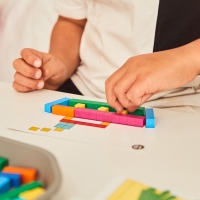 Why Role Models Are Important
Why Role Models Are Important
Girls in the study also said that the biggest influencers on making decisions on subjects are parents and teachers, showing the huge impact our own attitudes can have on girls pursuing STEM. Children often copy what they see, so if they see you talking positively about girls in STEM, they are likely to reflect this. Similarly, if they see you taking a negative approach to STEM – such as getting outwardly frustrated with maths! – they may absorb this too.
It can also help to let your daughter see positive female role models, whether that’s a mum, grandmother, teacher, or club leader who enjoys STEM subjects. These can also be historical or fictional characters too. For example, the Little Rebels plush dolls (£29.99, age 6+ years) are inspired by iconic women like Marie Curie, Amelia Earhart, and Malala Youseff. Scan the doll and unlock hours of fun with our videos, ebooks, coloring activities, trivia and augmented reality.
Conclusion
The skills that children learn through STEM subjects are becoming more and more valuable in the modern era. Even if your daughter doesn’t go into STEM, she will learn skills such as flexible thinking and creativity that will be helpful in whatever career she chooses. Here are some final tips to get your started:
● Talk about women in STEM using books and online videos to help you
● Encourage pressure-free experimental play with STEM toys
● Build confidence and promote learning through failure by encouraging your daughter to give things a go – and letting her see you do the same
About Dr. Gummer.
Dr. Amanda Gummer has a PhD in Neuropsychology and over 20 years’ experience working with children and families. On a mission to make the world more playful, she founded the Good Toy Guide in 2012 as an independent, expert accreditation service for children’s products and activities. The guide provides a trusted resource for parents and gift-givers to find truly Good Toys. Amanda is also a published author, with her book PLAY translated into several languages.

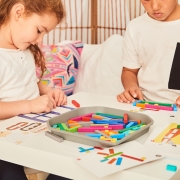
 Edx Education
Edx Education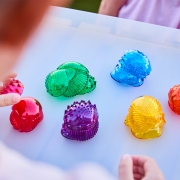 Edx education
Edx education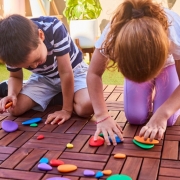

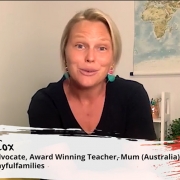 Edx Education
Edx Education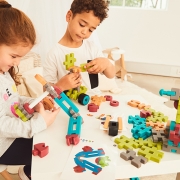 Edx Education
Edx Education